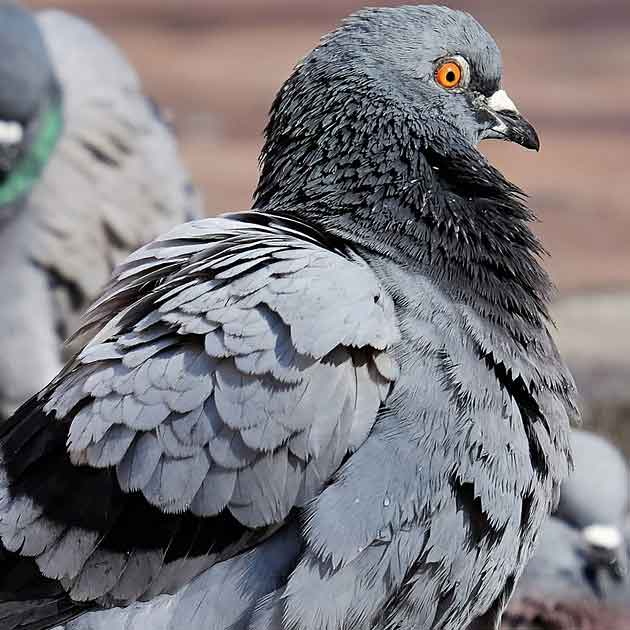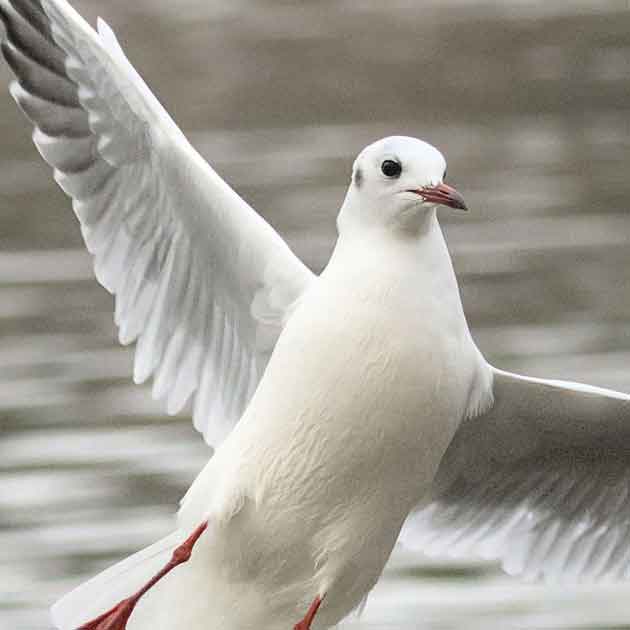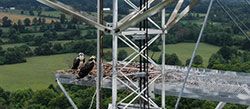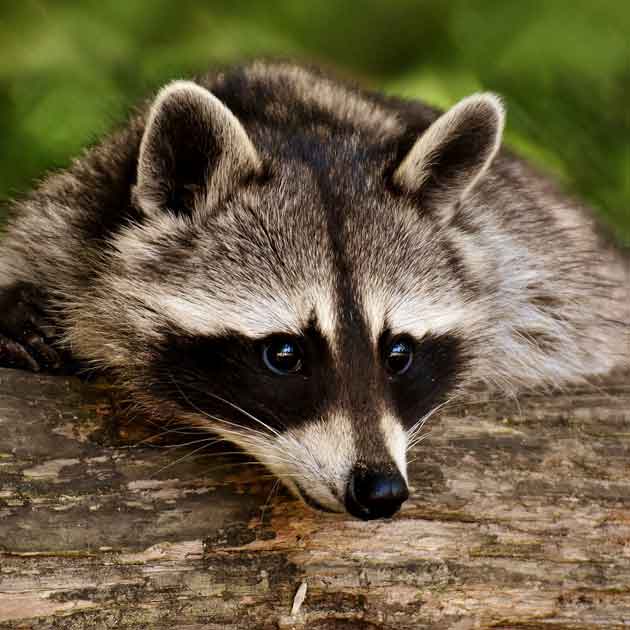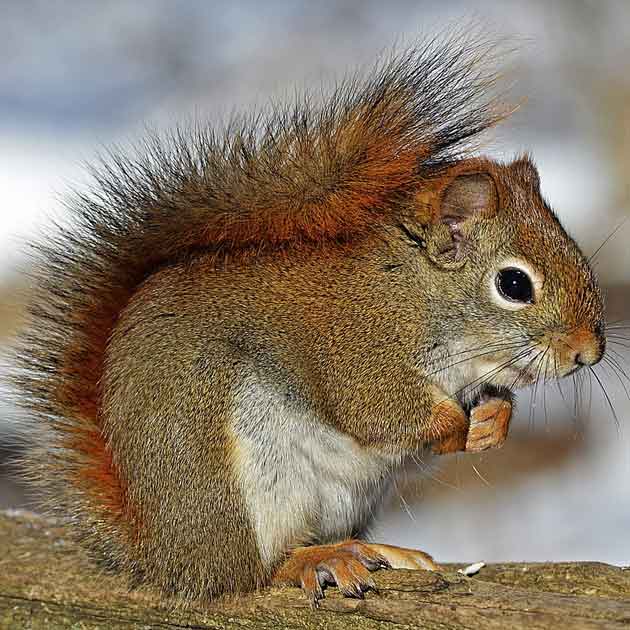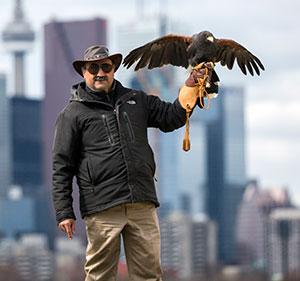Do you think you might have raccoons in a crawl space in your building? Here’s everything you need to know in terms of wildlife control and beyond, whether your property is residential or commercial, urban or rural.
First off, a crawl space is a shallow space, often beneath the first floor of a building, which represents a raccoon’s ideal sanctuary. It provides guaranteed warmth, dryness, and darkness—perfect for year-round shelter and crucial for winter denning. An infestation here is a direct threat to a building’s structural health, utilities, and indoor air quality and this is true for both homes and businesses with raised foundations or subfloors .

You might not even realize you’re sharing your foundation with an entire raccoon family until it’s too late!
Why Raccoons Choose Crawl Spaces
- Crawl spaces offer warmth during the winter and protection from predators.
- Insulation materials make them ideal for nesting.
- Food waste, pet food, or compost bins often are nearby.
- Access is facilitated by small foundation gaps, vents, or loose grates.
What Types of Properties Are at Risk?
Residential
- Older homes with wooden foundations or open vents.
- Mobile homes and enclosed trailers.
- Houses with easy backyard access, pet feeding areas, or gardens.
Commercial
- Restaurants or food service buildings with nearby dumpsters.
- Warehouses or storage units built on raised concrete pads.
- Multi-unit housing complexes with utility crawl spaces.
Rural or Suburban Properties
- Farmhouses or cottages with unsealed crawl access points.
Signs of a Raccoon Infestation in Crawl Spaces
- Scratching, thumping, or chirping at night.
- Strong ammonia-like odour from urine and feces.
- Torn insulation or ripped vapor barriers.
- Droppings, tracks, and greasy rub marks near vents or foundation openings.
Raccoons Access Other Parts of Your Property Through Crawl Spaces
Direct Access to Utilities: A crawl space is the "service hub." Raccoons use this area to access and damage plumbing lines, HVAC ductwork, and electrical wiring that run directly under the floorboards.
Pathways to the Main Structure:
- Wall Voids: Raccoons climb up the vertical chases (empty spaces) where pipes and wires run into the main floor and walls.
- Floor Breaches: They pull down insulation and tear through vapour barriers and sub-flooring to enter kitchen or bathroom cavities above.
- Air Circulation: Contaminated air (i.e., ammonia from urine, dust from dried feces) from the crawl space enters the living areas through unsealed gaps and floor penetrations, compromising indoor air quality.
Blocking the crawl space entrance is a good start but other vulnerabilities need to be identified and dealt with as well.
Challenges in Removing Raccoons from Crawl Spaces
Confinement and Danger
Crawl spaces are dark, tight, and low-ceilinged. A trapped or cornered raccoon has few escape routes, making encounters aggressive. The lack of maneuverability means a wildlife technician must use extreme caution (and that you should never attempt this on your own).
- Tight and low-clearance conditions make trapping and removal physically difficult.
- Limited visibility and ventilation increase safety risks.
- Mothers with kits make humane removal more complex.
- It may be difficult to identify all potential entry/exit points.
Biohazard Exposure
The space may be highly contaminated with acidic urine and raccoon feces, often containing roundworm eggs. Personal protective equipment (PPE), including respirators and Hazmat suits is necessary to prevent contamination - this is not a DIY project.
Does Trapping Work? What About Repellents?
Trapping
- Live cage traps are used and strategically placed right inside the entry point. The best method is to install a one-way door on the exit hole, forcing the raccoon out into a contained trap setup.
- All but one company in the GTA advocate for relocation and release of the animal no more than one kilometre from your property. Almost always, the raccoon will turn around and return to the space (your space) that it calls home.
Repellents
- Repellents such has motion sensor lights or scent deterrents yield temporary results at best—smells fade, and raccoons adapt quickly.
- Not recommended as a sole control method for enclosed areas like crawl spaces.
Permanent Solutions by Hawkeye Bird & Animal Control
The Hawkeye Advantage
Hawkeye Bird & Animal Control is the only wildlife agent in the GTA to offer permanent raccoon removal by means of trapping and humane euthanasia. This is the only definitive way to break the cycle of catch-and-release and eliminate the immediate biohazard threat.
Permanent Exclusion Strategy
The most crucial step is securing the crawl space perimeter and prevent further breaches.
- Foundation Skirting:
Installing a deep, L-shaped skirt of heavy-gauge galvanized steel mesh that is buried at least 18 inches down and bent outward to prevent future digging. - Door and Vent Reinforcement:
Replacing flimsy crawl space doors with durable, locked metal hatches and securing all foundation vents with steel mesh screening.
When to Call a Professional Wildlife Removal Company
- If you have laid eyes on a raccoon, its droppings, or fresh tracks.
- If you hear distinct thumping or rustling, particularly between the hours of dusk and dawn.
- If you suspect multiple animals or baby raccoons (listen for whining and cooing)
- When you notice foul odours or damage spreading to attic/walls.
- If raccoons have nested or caused structural damage.
Hawkeye offers humane, permanent and GUARANTEED raccoon removal for crawl spaces. Contact us Today!
FAQs: Removing Raccoons in Crawl Spaces
Q: Can I use light and noise to scare the raccoon out of the crawl space myself?
A: Yes, you may be able scare the raccoon out, at least temporarily. The bigger problem is how to prevent it from coming back and how to clean and sanitize your crawl space after the raccoon is gone. This is where the experience and expertise of a professional wildlife technician are indispensable.
Q: What is the risk of the crawl space flooding after a raccoon infestation?
A: If the animal had to create or widen an opening to access the crawl space from the outside and if that opening is close to ground level, the risk of your crawl space flooding may be quite high.
Q: Is it safe to clean raccoon feces in a crawl space myself?
A: Cleaning raccoon feces is not something you should attempt yourself. A number of parasites and pathogens including raccoon roundworm are transmitted by feces. Strict safety protocols and PPE are required. This is best left to professionals.
Q: How long do raccoons stay once they’ve built a den in a crawl space?
A: It depends on the time of year and sex of the animal. A male will likely wait out winter in your crawl space and then go off to mate and live his best life in early spring. A female entering your crawl space in the fall or early winter may actually have a daughter or two in tow - mother and kits (mostly females) often spend the first winter together. If she appears in the spring, chances are that she has declared your home hers and plans on giving birth there, so you’ll end up with at least one baby raccoon in your crawl space.
Q: How much does it cost get raccoons out of my crawl space?
A: Residential raccoon removal in Toronto and across the GTA starts at $175 per visit, and commercial visits start at $225. The cost will go up if more than two traps are needed. Please note that someone at your property must be available to monitor the traps and the welfare of the captured animals.
Call Hawkeye Today for Crawl Space Raccoon Control!
Get rid of raccoons in your crawl space before your home or building suffers structural damage and minimize health hazards and safety threats to your family and pets.
Hawkeye's permanent raccoon removal from attics and crawl spaces comes with our GUARANTEE that the animal(s) will never return.
Our raccoon removal services for crawl spaces are available all across Southern Ontario, including Toronto , Scarborough , Brampton, Vaughan , Markham , Ajax , Pickering , Newmarket , Etobicoke , Oshawa , and Mississauga .


